In the vast and diverse world of nature, some animals have developed remarkable strategies to endure the harshest of conditions. Among these incredible adaptations is the ability of certain species to survive being frozen solid. This seemingly miraculous feat is not just a tale of survival but a testament to the intricate dance between life and the forces of nature. Imagine a world where the bitter cold engulfs everything, yet life finds a way to persevere. Dive into the fascinating realm of creatures that defy the icy grasp of winter and explore the scientific marvels behind their frozen resilience.
The Marvel of Cryoprotection
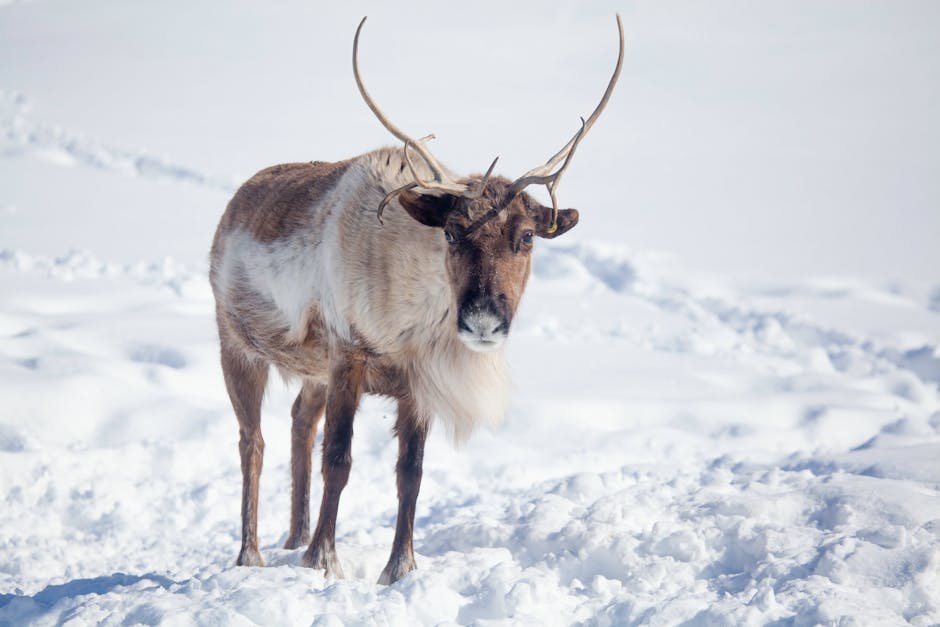
Cryoprotection is a fascinating mechanism that allows some creatures to survive extreme cold. It involves the production of natural antifreeze compounds, which prevent ice crystals from forming within their bodies. These compounds are typically sugars and proteins that inhibit ice growth, safeguarding cells from damage. In essence, it’s like wrapping your internal organs in a warm blanket, ensuring they remain unharmed despite the frigid temperatures. This biological feat ensures that when the thaw comes, these animals can spring back to life as if nothing happened. It’s a delicate balance of chemistry and biology, showcasing nature’s ingenuity.
Wood Frogs: Masters of Freeze Tolerance
Wood frogs are perhaps the most famous example of animals that can survive being frozen solid. Found primarily in North America, these amphibians have developed an extraordinary adaptation to endure the cold. When temperatures drop, wood frogs allow ice to form in their bodies, but only in the spaces outside their cells. They accomplish this by accumulating glucose in their cells, which acts as a natural antifreeze. This ensures that their vital organs remain unfrozen and functional, even as their hearts stop beating and they enter a state of suspended animation. It’s like hitting the pause button on life, only to resume when warmth returns.
Arctic Ground Squirrels: Hibernation on Ice
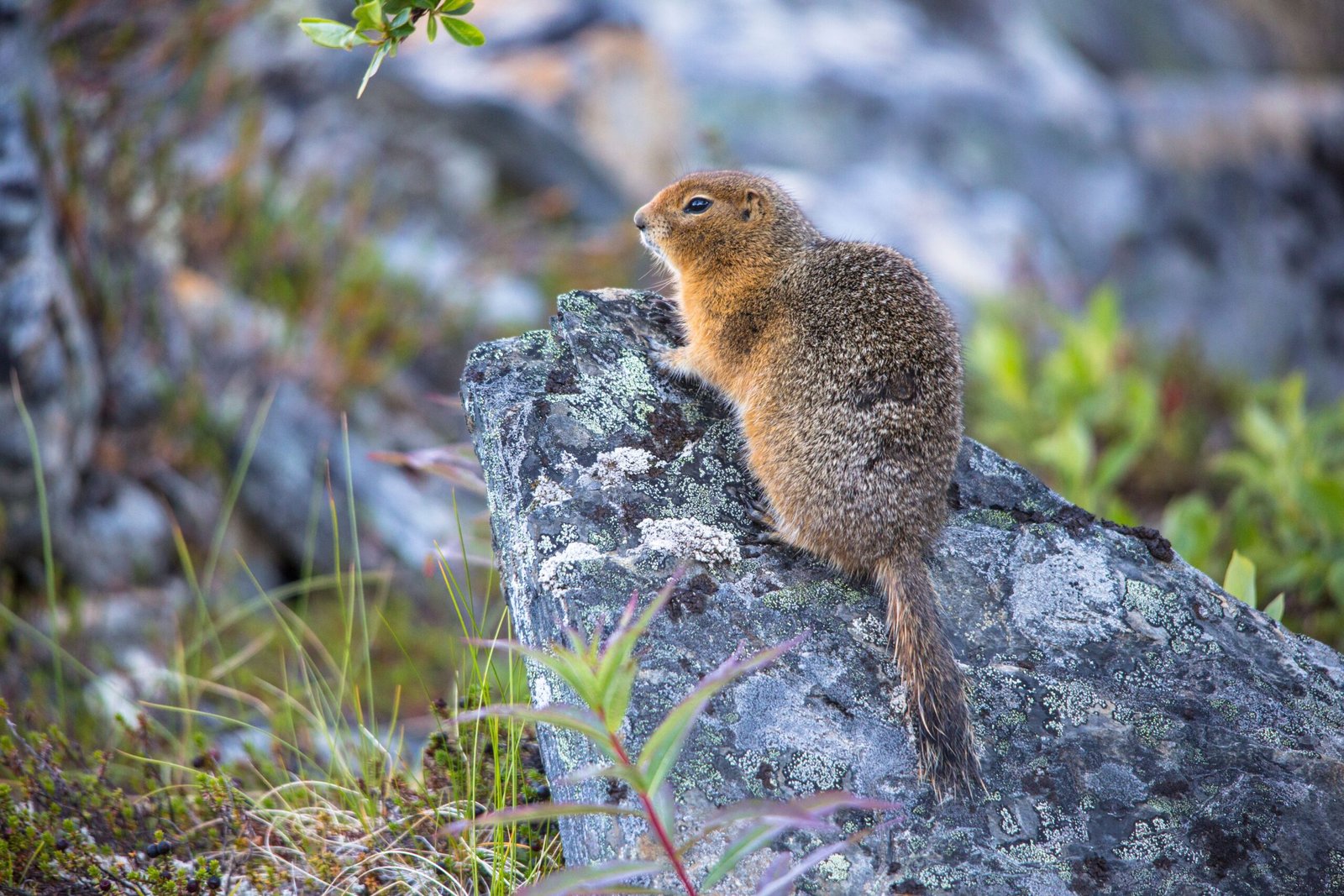
Arctic ground squirrels take hibernation to a whole new level. These small mammals can lower their body temperatures below freezing during winter, yet their tissues remain unharmed. They manage this by periodically warming up slightly to prevent ice from forming. This periodic warming, known as arousal, is critical to their survival. It’s akin to a slow, rhythmic dance with death, where the squirrel carefully times its movements to avoid the icy embrace. This adaptation ensures they remain viable even when buried under layers of snow and ice, waiting for the spring thaw.
Painted Turtles: A Frozen Nursery
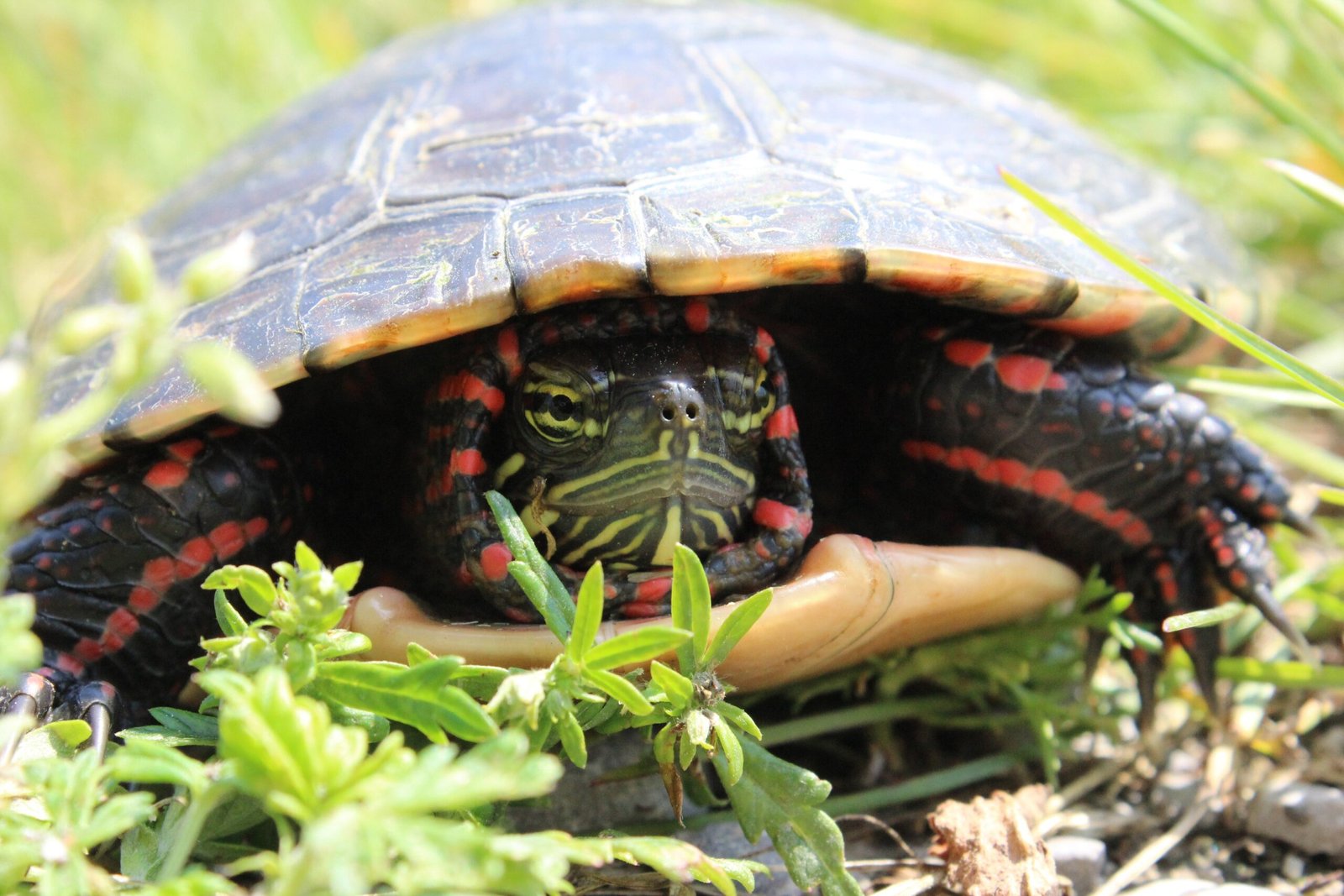
The painted turtle, a common sight in North American ponds, has evolved a unique strategy for surviving freezing temperatures. Their hatchlings can endure being frozen solid in their nests during winter. This remarkable ability is due to the presence of cryoprotective agents in their bodies, which prevent cellular damage. While their heart and brain activity cease, the turtles remain viable, ready to emerge when conditions improve. It’s like a deep sleep, orchestrated by nature, ensuring the next generation of turtles can greet the sunlit days of spring.
Insects: Masters of Cold Adaptation
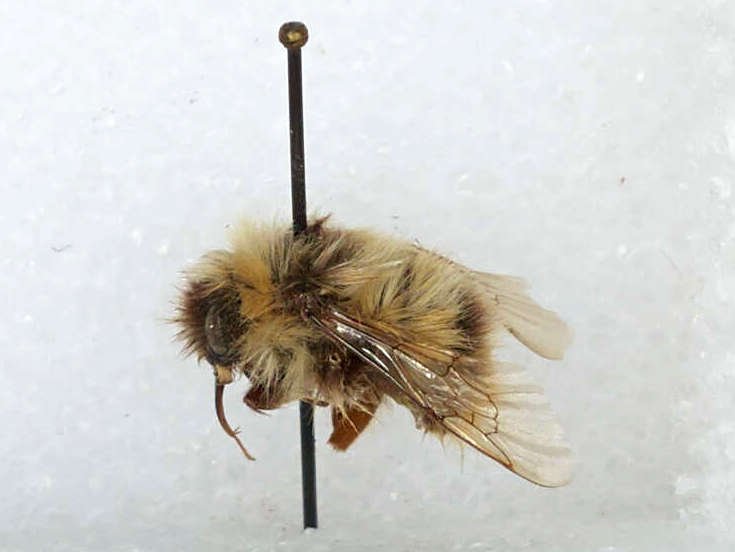
Insects have evolved an array of strategies to cope with freezing conditions. Some, like the woolly bear caterpillar, can survive being frozen by producing cryoprotective chemicals. Others, such as the Antarctic midge, avoid freezing altogether by living in microhabitats that provide some warmth. These tiny creatures demonstrate that even the smallest members of the animal kingdom have a place in the grand tapestry of life, each with its own unique survival strategy. It’s a reminder that nature’s ingenuity knows no bounds, even in the harshest environments.
The Role of Ice-Nucleating Agents
Ice-nucleating agents play a crucial role in the survival strategies of freeze-tolerant animals. These substances promote ice formation in controlled parts of the body, preventing uncontrolled freezing that can be fatal. By directing where ice forms, these animals can protect their vital organs and maintain cellular integrity. It’s a bit like a conductor guiding an orchestra, ensuring every note is perfectly timed and placed. This precise control over ice formation is a marvel of evolutionary adaptation, showcasing the delicate balance between life and the elements.
The Genetic Blueprint of Survival
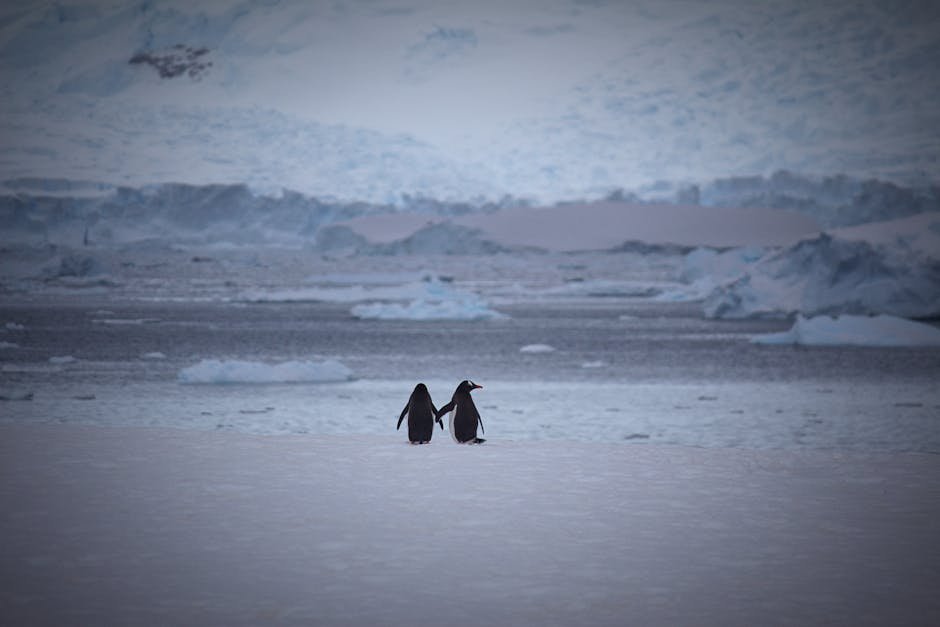
The ability to survive freezing is deeply rooted in the genetic makeup of these animals. Genes responsible for the production of cryoprotective compounds and other survival mechanisms are passed down through generations. This genetic blueprint ensures that offspring inherit the tools they need to endure harsh winters. It’s a testament to the power of evolution, where survival is written into the very DNA of these creatures. This genetic legacy is a beautiful narrative of resilience, echoing through the ages as each generation faces the icy trials of winter.
Environmental Triggers and Survival
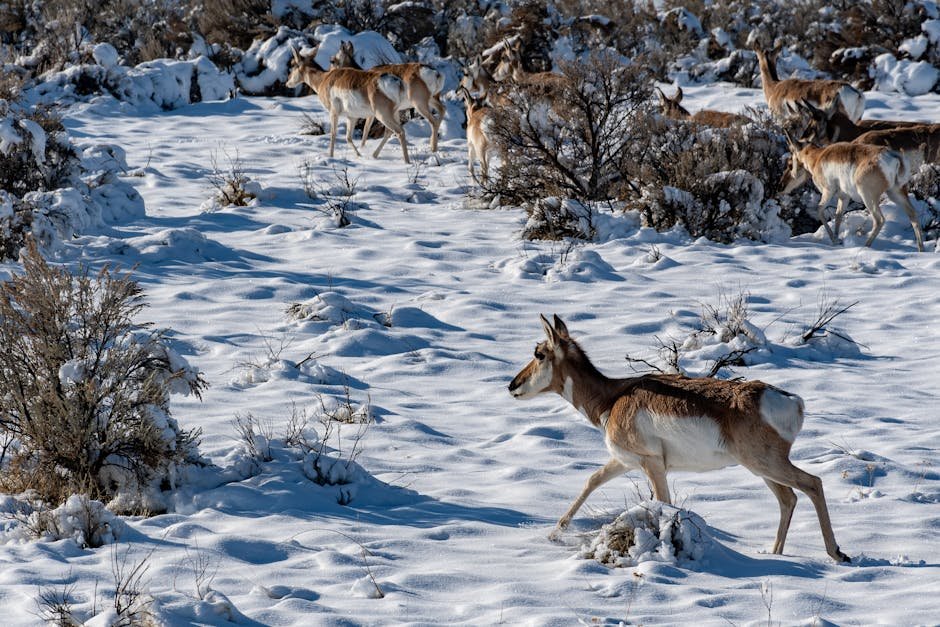
The onset of winter triggers a cascade of physiological changes in freeze-tolerant animals. As temperatures drop, these animals begin to prepare for the coming cold by producing cryoprotective agents and altering their metabolism. This preparatory phase is crucial for survival, allowing them to enter a state of suspended animation. It’s akin to a well-rehearsed play, where each actor knows their role and timing is everything. This ability to respond to environmental cues ensures these animals are ready to face the challenges of winter head-on.
The Future of Freeze Tolerance Research
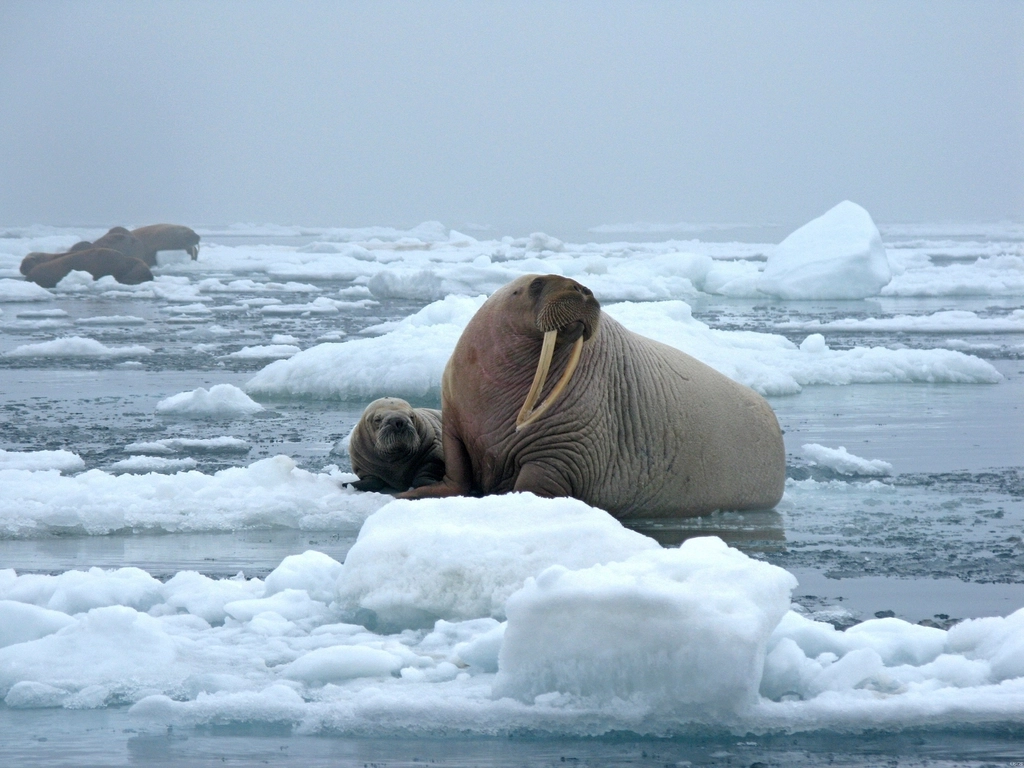
Research into freeze tolerance holds promise for numerous applications, from cryopreservation of organs for transplantation to understanding climate change impacts on ecosystems. By studying these remarkable animals, scientists hope to unlock secrets that could benefit humanity. It’s an exciting frontier, where the mysteries of nature may one day lead to breakthroughs in medicine and conservation. This ongoing research is a testament to the interconnectedness of life, where the survival strategies of animals could inspire solutions to some of our most pressing challenges.
A Testament to Nature’s Resilience
The ability of some animals to survive being frozen solid is a testament to the resilience and adaptability of life on Earth. These creatures embody the spirit of endurance, thriving in environments where survival seems impossible. Their stories remind us of the wonders of nature and the intricate web of life that connects us all. As we marvel at their frozen feats, we are reminded of the delicate balance that sustains life and the incredible adaptations that have evolved to meet the challenges of an ever-changing world.




